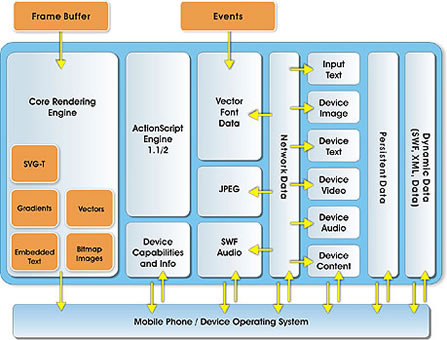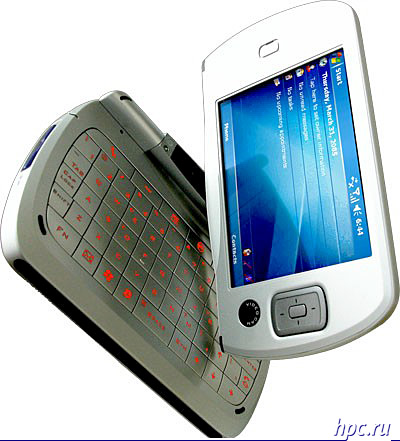Like a computer operating system, a mobile operating system is the software platform on top of which other programs run. When you purchase a mobile device, the manufacturer will have chosen the operating system for that specific device. The operating system is responsible for determining the functions and features available on your device, such as thumbwheel, keyboards, WAP, synchronization with applications, e-mail, text messaging and more. The mobile operating system will also determine which third-party applications can be used on your device. Some of the more common and well-known Mobile operating systems include the following:
Symbian OS:


Symbian OS has become a standard operating system for smartphones, and is licensed by more than 85 percent of the world's handset manufacturers. The Symbian OS is designed for the specific requirements of 2.5G and 3G mobile phones.
Link: Symbian OS Web site
Link: Symbian OS Web site
Windows Mobile:
The Windows Mobile platform is available on a variety of devices from a variety of wireless operators. You will find Windows Mobile software on Dell, HP, Motorola, Palm and i-mate products. Windows Mobile powered devices are available on GSM or CDMA networks.
Link: Windows Mobile Web site
Link: Windows Mobile Web site
Palm OS:
Since the introduction of the first Palm Pilot in 1996, the Palm OS platform has provided mobile devices with essential business tools, as well as capability to access the Internet or a central corporate database via a wireless connection.
Link: Palm OS Web site
Link: Palm OS Web site
Mobile Linux:
The first company to launch phones with Linux as its OS was Motorola in 2003. Linux is seen as a suitable option for higher-end phones with powerful processors and larger amounts of memory.
Links: OSDL Mobile Linux Initiative
Links: OSDL Mobile Linux Initiative
MXI:
MXI is a universal mobile operating system that allows existing full-fledged desktop and mobile applications written for Windows, Linux, Java, Palm be enabled immediately on mobile devices without any redevelopment. MXI allows for interoperability between various platforms, networks, software and hardware components.
MXI Web site
MXI Web site



